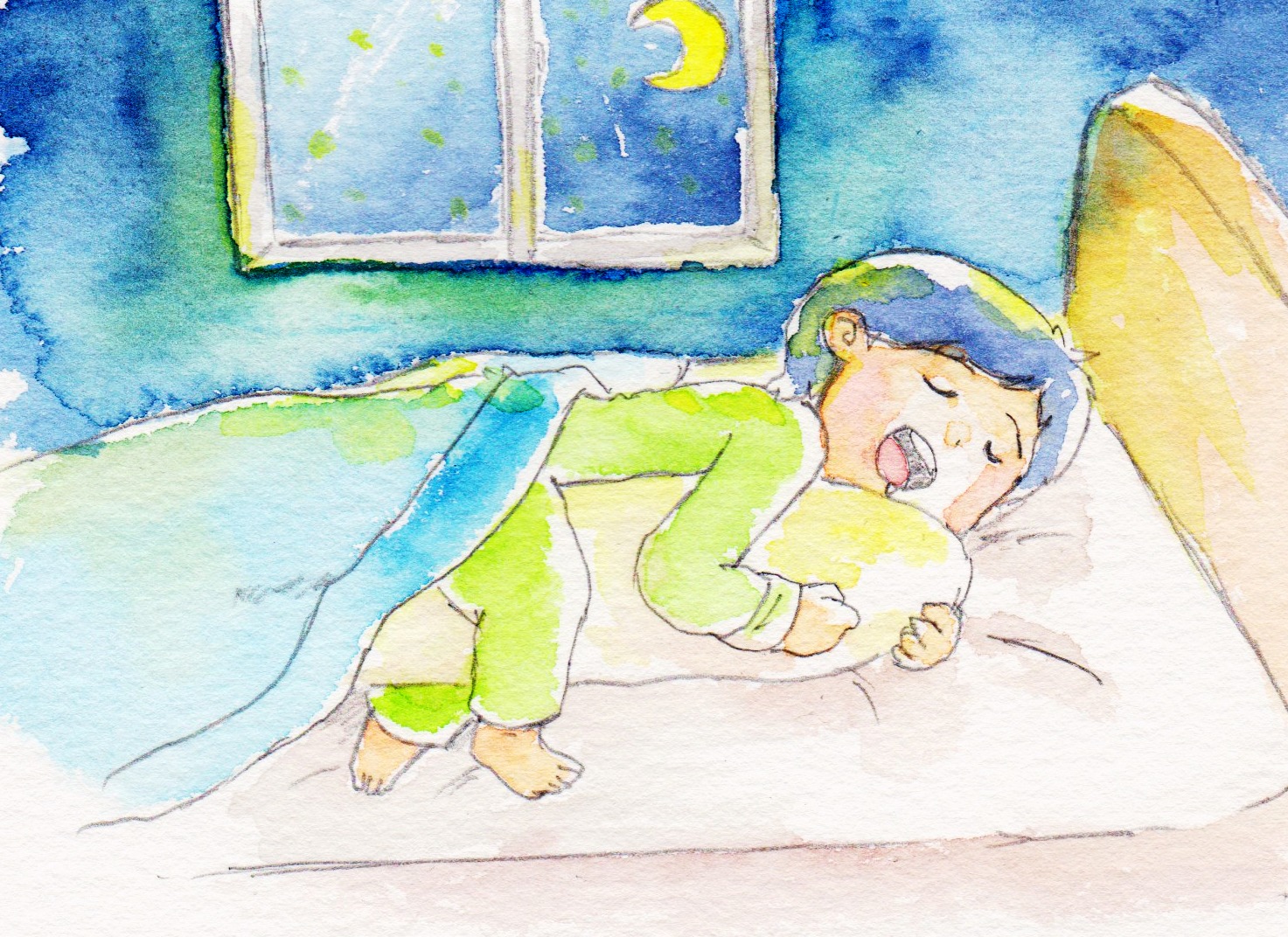In my last article, I gave you some life tips to try when you’re struggling with sleep for those who are temporarily unable to sleep due to a change in circumstances.
In this article, we’ll give you some advice for those of you who don’t have a clear cause for your particular stress but have had trouble sleeping for a long time and are finding it hard to break out of a bad sleep cycle.
Thinking habits that lead to insomnia
When you’re struggling with sleeplessness, do any of the following thoughts come to mind?
“If I can’t sleep, I will make mistakes at work!”
“What if I can’t sleep again today?”
If you go to bed with these feelings and your mind still racing, you may think, “Oh, I can’t stop thinking about something!” It can lead to a greater sense of impatience to fall asleep. Getting to bed early may give you a momentary sense of relief. However, it may not lead to a decrease in insomnia in the long run.
If you have a hard time falling asleep because you think, “I need to sleep for XX hours,” or “I’ll make a mistake at work,” it may be because you’ve had such experiences in the past. However, it doesn’t always turn out that way; it is important to let your obsession go. These types of ruminations can hinder sleep.
Sleep facts
EEG data shows that, even in healthy people, humans are awake dozens of times in a single night. People who have no sleep problems tend to fall asleep immediately after waking up and not remember waking up, while people with insomnia tend to engage in memorable behaviors such as looking at the clock every time they wake up, or obsessing over the number of times they woke up in the middle of the day. Also, as we age, the number of times we wake up in the middle of the day naturally increases. It may be natural that the quality of your sleep has changed compared to when you were younger.
Whether or not you have trouble in your day-to-day life is a good indicator of whether you have significant sleep disturbances. If you can handle the activities of the day, you may not need to worry too much about the state of your sleep habits.
Reviewing the behavioral habits that lead to insomnia
Falling asleep in the bed and looking at the clock every time you wake up, lying down during the day the next day when you couldn’t sleep…
Such casual actions may be creating a vicious cycle of insomnia. There are three steps to correcting behavioral habits.
-
- 1. Become aware of your condition
- 2. Try out different patternsし
- 3. Adopt the ones that work for you
Observe your own habits and sleep rhythms and identify challenges. If the results are good, continue to do it, and if not, adopt a different pattern. Judge the effects in terms of a week, not a day.
For example,
but I get up at a certain time in the morning. I open the curtains at seven in the morning and stretch.
I slept better that day!
It’s an image of taking the behaviors that seem to put you in a good cycle and finding the patterns that work for you.
Putting aside the judgment that “I couldn’t sleep despite my best efforts…”, let’s try to find a good pattern while maintaining a moderate feeling of “I can’t sleep but it doesn’t interfere with my daily life”.
Let’s create a sleep ritual

It is known that creating a pre-sleep routine (sleep ritual) can help you fall asleep. Your brain recognizes, “Oh, it’s time to go to sleep,” and it’s easier to guide your body to sleep. Activities that we usually do casually, such as going to the bathroom or drinking water, are also part of our sleep rituals.
Other than that,
・Read a picture book to your child.
・Write in a diary.
Finding a sleep ritual that works for you will make it easier to get a natural night’s sleep.
Deep breaths to relieve tension
We also recommend breathing exercises to do before bed to relax your mind and body and relieve tension. Once you’re under the covers, listen to the audio guide, which is about 10 minutes long, so there’s no need to rush if you don’t fall asleep by the time you’re done. If you can feel your body relax even a little, that’s fine.
Reflections
People who suffer from sleeplessness tend to focus only on the immediate results and say, “I can’t sleep”. Some people get caught up in insomnia more and more. In the non-medication-based sleep cycle adjustment described in the “Imacoco Care” section, we aimed to achieve long-term improvements by reviewing the results in one-or two-week increments.
Replace the anxiety of “I might not be able to sleep again today” with the idea of “It’s okay if I don’t sleep,” and continue to revise your behavior so that you can find good patterns.
<Reference>
The content of this article is based on the information provided below.
Altena E, et al., Dealing with sleep problems during home confinement due to the COVID-19 outbreak: practical recommendations from a task force of the European CBT-I Academy. J Sleep Res. 2020. doi: 10.1111/jsr.13052. [Epub ahead of print]
OKAJIMA, Y., and INOUE, Y. Improving insomnia with cognitive behavioral therapy. Improving Insomnia with Cognitive Behavioral Therapy. 2013, Subaru, Inc.
Japanese Society of Sleep Education Committee (ed.). A manual of cognitive behavioral therapy for insomnia. Kongo Shuppan. 2020.
Ministry of Health, Labor and Welfare. Guidelines for Sleep for Health Promotion 2014.
https://www.mhlw.go.jp/file/06-Seisakujouhou-10900000-Kenkoukyoku/0000047221.pdf.



